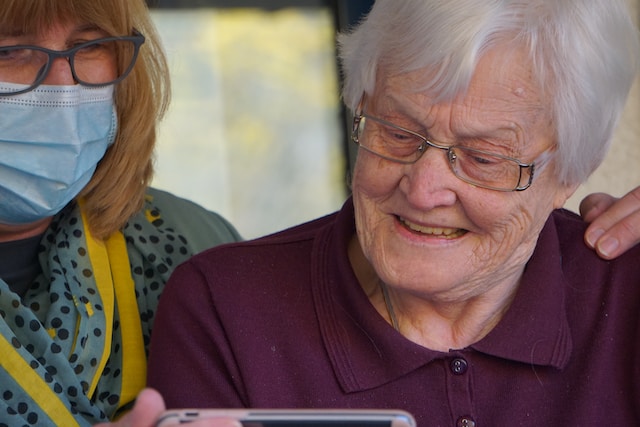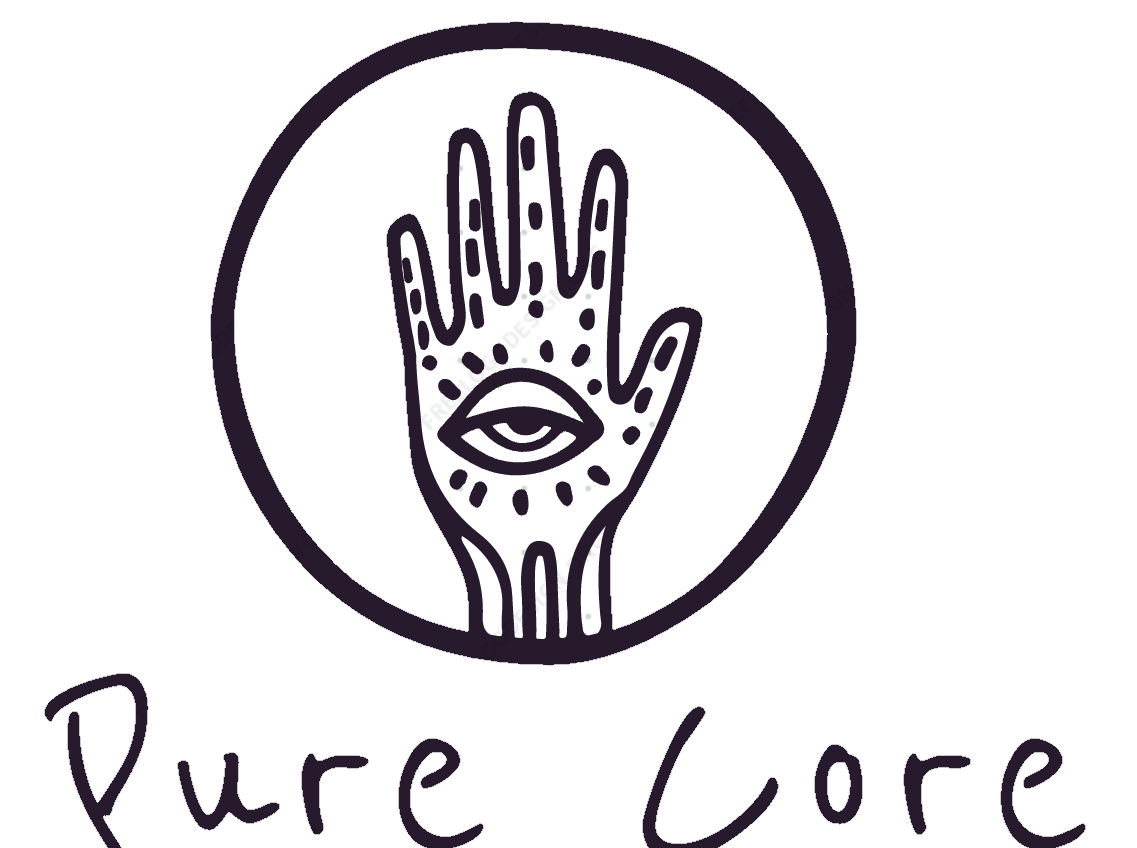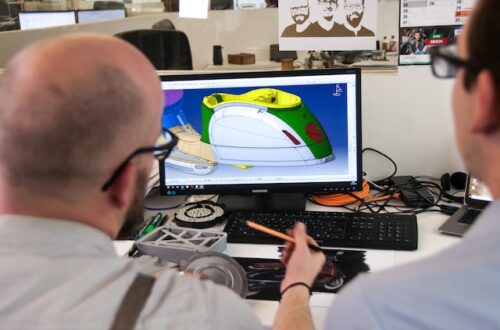
Innovations in Skilled Care Nursing Facilities
As the coronavirus pandemic fades, forward-thinking senior care providers are taking bold moves to rebuild their skilled nursing facilities. These innovators are using technology to improve the quality of life for their residents and staff members.
Long-term care innovations can include things as complex as a new software system or as simple as implementing community service initiatives. Here are some valuable innovations that senior living and skilled nursing facilities can consider adopting.
Telemedicine
Telemedicine uses telecommunications technologies to support long-distance clinical healthcare services usually provided by physicians. It can also include other remote healthcare activities like monitoring medical devices and educating patients or caregivers.
Skilled Nursing News ‘ CLINICAL panelists noted that the technology can help address staffing challenges driving nursing home closures during the COVID-19 pandemic. It can also enable seniors to continue to receive the care they need despite restrictions on their travel.
Additionally, VR and AR tools are increasingly being used in senior care to prevent isolation. They can also serve as cognitive stimulation for seniors with dementia and other mental conditions. They can even help with physical therapy by encouraging balance and coordination training.
Remote Monitoring
Remote monitoring allows nursing homes to monitor patients from a distance, which can help prevent falls and other serious accidents. These devices also enable caregivers to check vital signs and remind patients of medication.
During the pandemic, these technologies helped nursing homes like the skilled care nursing facility Missouri manage high-acuity patients. In the long term, they can reduce hospital readmissions, which cuts healthcare system costs.
Additionally, telehealth and remote monitoring can help support the implementation of value-based care. The new payment model rewards organizations that improve patient outcomes while reducing healthcare costs. By utilizing telehealth, providers can increase staff capacity, allowing them to monitor more patients and address risks promptly. This will ensure that patients receive the highest level of care.
Robotics
With the global healthcare system stretched thin by a rising number of patients with high-acuity needs, nursing homes have been embracing new technology to manage higher-risk residents. This has helped them provide better care and boost staff satisfaction, reversing the high attrition rates that plague many long-term care facilities.
Increasingly, senior care facilities are incorporating robotic tools. These can range from robot companions to help with chores to automated medication dispensers and even an intelligent pillbox that monitors for falls. These innovations help caregivers save time, allowing them to focus on more complex tasks that enhance seniors’ lives.
Other technologies include voice and video platforms like Amazon Echo, Meta Portal, and FaceTime to communicate with family members on demand. Some senior care organizations offer tech concierges to answer questions and teach older adults how to use their devices.
Sensors
With the global population aging faster than ever, the healthcare system is under pressure. Fortunately, technology is helping to alleviate some of the burdens.
For instance, some sensors monitor a room’s activity and inform caregivers when something is amiss. These sensors also allow seniors to stay in their homes longer, avoiding costly hospital stays and helping them get better care.
Other sensor tech includes digital pill dispensers that lock until the appropriate time to release medication and door sensors that can display a video picture of anyone who tries to enter. These are useful for seniors who need help remembering where they’re going or leave the house at odd hours. These devices can even alert caregivers if a senior falls, saving lives.
Electronic Medical Records
Using technology, electronic medical records (EMRs) allow healthcare professionals to share information quickly and efficiently. Compared to handwritten documents, which can be subject to misspellings and illegible writing, EMRs provide consistent and reliable information for patients and healthcare professionals.
This helps reduce the time needed to read a medical chart, which is critical when caring for seniors with mental and physical conditions that may confuse them. It also allows for faster and more accurate diagnoses.
The COVID-19 pandemic has left many senior care facilities a little frayed around the edges, but innovation and a desire to improve care are helping them find ways to thrive in the future. With the right nursing home insurance coverage, these innovations can help long-term care providers build a strong foundation for success.





